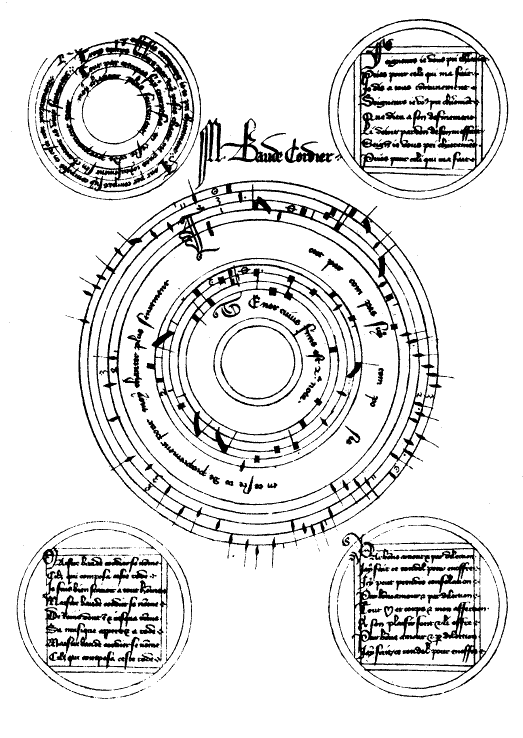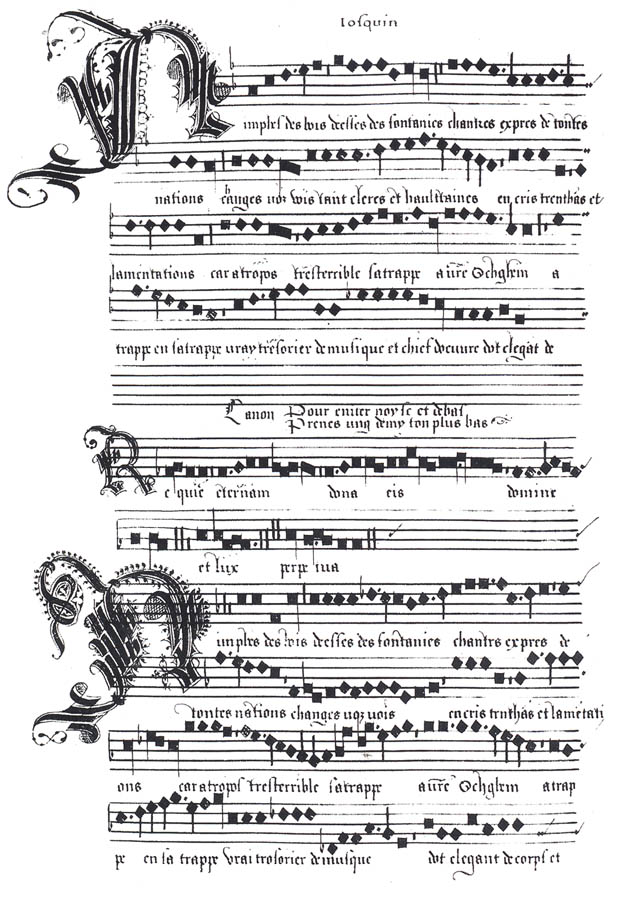created 2025-06-08, & modified, =this.modified
tags:y2025musicbody-instrumentinvisibility
rel: Musical, Sound Architecture
Eye music, or Augenmusik describes graphical features of scores which when performed are unnoticeable by the listener.
By simple definition eye music is when the graphic notation of music is altered in some meaningful way visible to the performers. Often the changed “meaning” of the altered notation is enhanced by the music having compositional elements of melody and form such as word painting and canon. Moreover, the concept is demonstrated by sometimes differing perceptions of composer, performer, and listener
George Crumb, Makrokosmos, vol. I
 There is a class of eye music where the score is purposely made difficult for the performer.
There is a class of eye music where the score is purposely made difficult for the performer.
The Gulliver Suite by Telemann, shows a combination of three eye music features. The score is made difficult “unnecessarily,” is eye-catching for its graphics, and has a clever external reference, all unnoticeable to the listener.
Baude Cordier’s work, Tout par compas suy composés (“With the compass was I composed”).

Josquin’s Nymphes des bois (Déploration sur la mort d’Ockeghem) in the Medici Codex (Florence, Biblioteca Medicea Laurenziana, Ms. Acquisti e doni 666)(ca. 1519). The piece is written all in black notes, to symbolize mourning.
